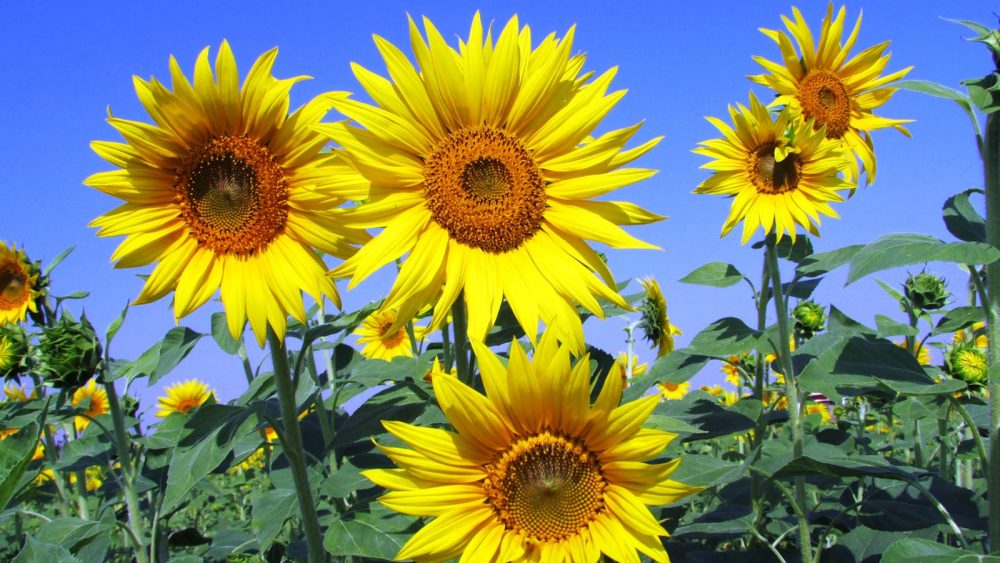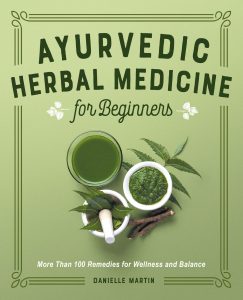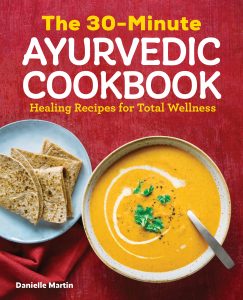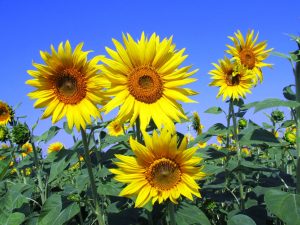 Eating for your personal needs may begin with eating for your dosha type, but it doesn’t end there. Eating a diet that fits the needs of the season is equally as important, and by honoring the natural transition that each season brings, you can ward away common ailments that come with these environmental changes. Luckily, if you take the time to listen, you will often find your body’s natural intelligence is craving the very foods that will keep you in balance.
Eating for your personal needs may begin with eating for your dosha type, but it doesn’t end there. Eating a diet that fits the needs of the season is equally as important, and by honoring the natural transition that each season brings, you can ward away common ailments that come with these environmental changes. Luckily, if you take the time to listen, you will often find your body’s natural intelligence is craving the very foods that will keep you in balance.
Why is seasonal eating important?
With each season comes certain environmental qualities (termed gunas) that tend to flourish in excess. For example, summer brings excessive heat and either humidity or dryness (depending on your location), while in winter, you will likely experience more coldness, dryness, and dampness. Although your environment may be separate from you, you cannot help but be immersed in it. Therefore, the qualities of your external environment will inevitably lead to those same qualities increasing in your physiology (body) and psychology (mind).
One of the main “mantras” of Ayurvedic medicine is “like increases like”; alternatively, it is generally true that “opposite qualities bring balance”. By knowing the qualities of the season, you can easily make the proper adjustments to your diet by avoiding foods that increase the seasonal qualities and favoring foods that are considered opposite to those qualities. With these changes, your system will sustain balance and prevent seasonal disorders.
What are the qualities of summer?
Like all seasons, the qualities of summer will vary depending on your location. For practical reasons, the suggestions are regarding a more typical summer consisting of hot and sunny weather. However, it really depends on your personal climate if your environment is humid or dry, which will need to be addressed on a more individualized basis.
Generally speaking, summer carries the qualities of hot, light (meaning not heavy), bright, sharp, penetrating, dry, and/or damp; it is predominant in the element of Fire (with secondary Air for dry climates and Water for humid ones). Because of this, it is often said that summer is the “season of Pitta dosha”, making it no surprise that Pitta ailments are often in high gear during this season. This includes skin disorders (e.g. rash, eczema, psoriasis), hot flashes, hyperacidity, loose stools, and inflammatory conditions. And don’t forget about those “heated” mental imbalances: anger, irritation, frustration, impatience, and the like (sound familiar yet?).
NOTE: Despite summer being ruled by Pitta (which generally has an overly strong Agni or digestion and robust energy), the intensity of the heat can lead to a reduced appetite, weak digestion, and fatigue. It is always best to honor these symptoms in addition to the seasonal qualities.
How can I use this information in my day-to-day life?
As you transition into summer and move through the hot, sunny, and long days, you can begin to favor the opposite qualities in your diet and lifestyle—cold/cool to balance hot; heavy to balance light; dull to balance sharp; dark (such as shade or evening walks) to balance bright; oily (or moist) to balance dry; and so forth. By applying these principles and making the appropriate changes as summer sets in (and ideally, 2 to 3 weeks before), you can ward off the common ailments of summer, maintain optimal energy, keep your digestion strong, and keep your overall cool (mentally and physically), even when summer is at its peak!
What are some foods to favor in summer?
Summer is the season of heat, inflammation, sweating, and Pitta dosha. Common sense will tell us that the best foods to favor will be foods and beverages that will keep us cool and hydrated. Foods that are soothing and anti-inflammatory will be equally as essential.
Some of the best summertime dietary options include sweet, cooling fruits such as watermelon, fresh figs, fresh apricots, sweet-ripe peaches (not sour), sweet grapes, and blueberries. Basically, any fresh fruit that is sweet, juicy, and not too acidic or sour. For example, a sour cherry would be heating, while a sweet cherry is much more cooling.
Cooling, hydrating summertime veggies are also a must. These include lettuce, asparagus, green beans, okra, zucchini, and cucumber. Although summertime is the best time of year for consuming raw veggies, it is always best not to overdo it, as they can be hard to digest and lead to gas and bloating (and loose stool or constipation in some individuals). So listen to your body, and if needed, try a lightly sautéed “salad” using coconut oil and colorful seasonal veggies rather than a raw green salad (or especially green juice) each day.
When in doubt, shopping local may be the best route! Take a weekly visit to your farmer’s market, partake in a local CSA program, or simply look for the “local” signs among the produce department at your local health-food store or co-op. Eating what naturally grows in your area and in your current season is a (mostly) fool-proof way to eat the way nature intended!
What are some foods to avoid in summer?
In order to avoid igniting your “fire” any further, all foods that are considered heating are best to be eliminated or greatly limited. This includes hot-spicy foods, salty foods, sour foods, acidic foods, pickled veggies, vinegar, nightshades (peppers, tomato, eggplant), tomato sauce, fatty-fried-oily foods, garlic, onion, red meat, and pork.
Alcohol is extremely heating and inflammatory and should be limited as best as possible. If you must dabble, beer and white wine will be better options while hard liquor and red wine are much more heating. Coffee is acidic, heating, and Pitta-provoking, and therefore should be greatly limited during the summer months. Adding milk and cardamom is one way to cool it down (slightly), but nonetheless, coffee is best avoided—or taken in small amounts if you must.
Some of the most inflammatory foods include sugar (yes, even if organic), processed foods (basically anything packaged will fall under this category), gluten, refined grains (e.g. white flour, pasta, white bread, most baked goods), foods with preservatives, and foods with additives. So try your best to eliminate these, and favor whole foods, fresh foods, and healthy-natural sweets.
Although fermented foods are undoubtedly heating and consequently Pitta-provoking, they also possess great healing potential for your microbiome and your overall health. Therefore, instead of giving up all fermented food for the summer, I suggest choosing wisely. The more heating options will be something spicy like kimchi or something very acidic like kombucha or apple cider vinegar. More cooling fermented food options would be homemade yogurt or homemade kefir, sweet lassi, lassi with fennel and coriander, or a mildly-sour sauerkraut. Since fermented foods only need to be consumed in small amounts, taking about 2 ounces of a not-too-spicy, not-too-sour option, one to two times daily, should prove beneficial while keeping your Pitta in line!
Are you a fan of summertime smoothies? Summer is the best time to play around with these tasty treats, but only when done with intelligence. Why? This is because many smoothie recipes are heavy, hard-to-digest, high in calories, high in sugar, overly cold or frozen, and contain incompatible food combinations. Not to mention they can be Kapha-provoking, leading to sleepiness, sluggish digestion, congestion, and weight gain; and they can be Vata-provoking, leading to gas and bloating. So as always, keep it simple, avoid overdoing it, and listen to your body!
Click here to read a complete list of my healthy smoothie tips!
Summer Seasonal Eating Chart
Here is a general chart that shares common foods that are favorable for the summer season, as well as foods to limit or avoid. Before getting too caught up on this detailed list, please keep a few things in mind.
- This chart reflects a typical summer season that is hot, sunny, and Pitta-predominant.
- This is a general list for you to use as a guideline, not a list of rules set in stone.
- This list is non-exhaustive; there are going to be foods from all categories that are not listed.
- Your individual needs may vary depending on your dosha type (Prakriti), digestion type, and current state of imbalance (Vikriti).
- Vata and Kapha types MAY have a little more wiggle room to “play” compared with a Pitta type (or anyone with a Pitta imbalance) who should be more diligent (generally speaking).
- If there is a food that is suggested to be favored, but you personally do not do well with it—do not eat it.
- Go with what works for YOU; throw out what does not! Personal experience is worth more than written knowledge.
Click here for a printable PDF copy of this chart.
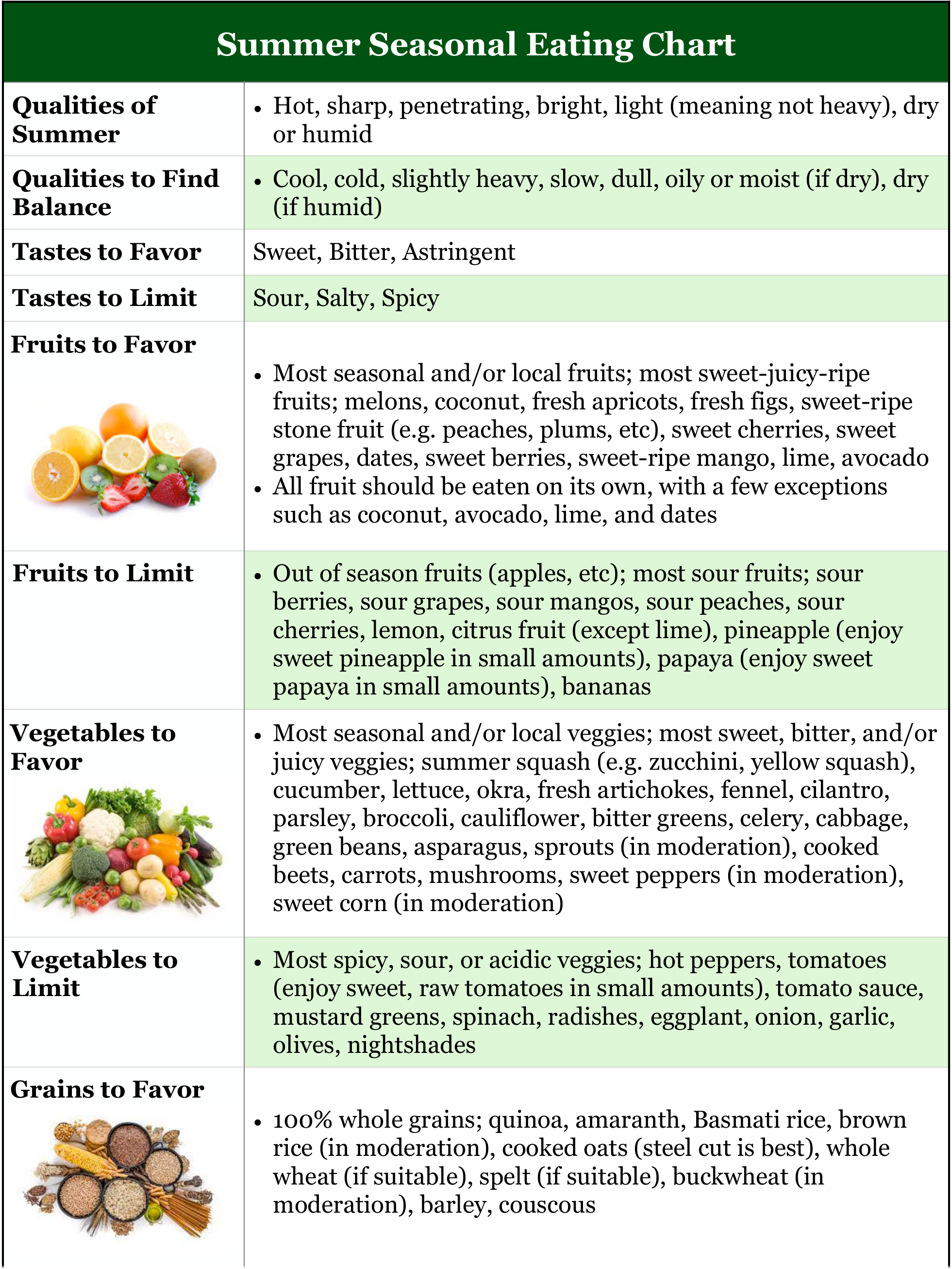
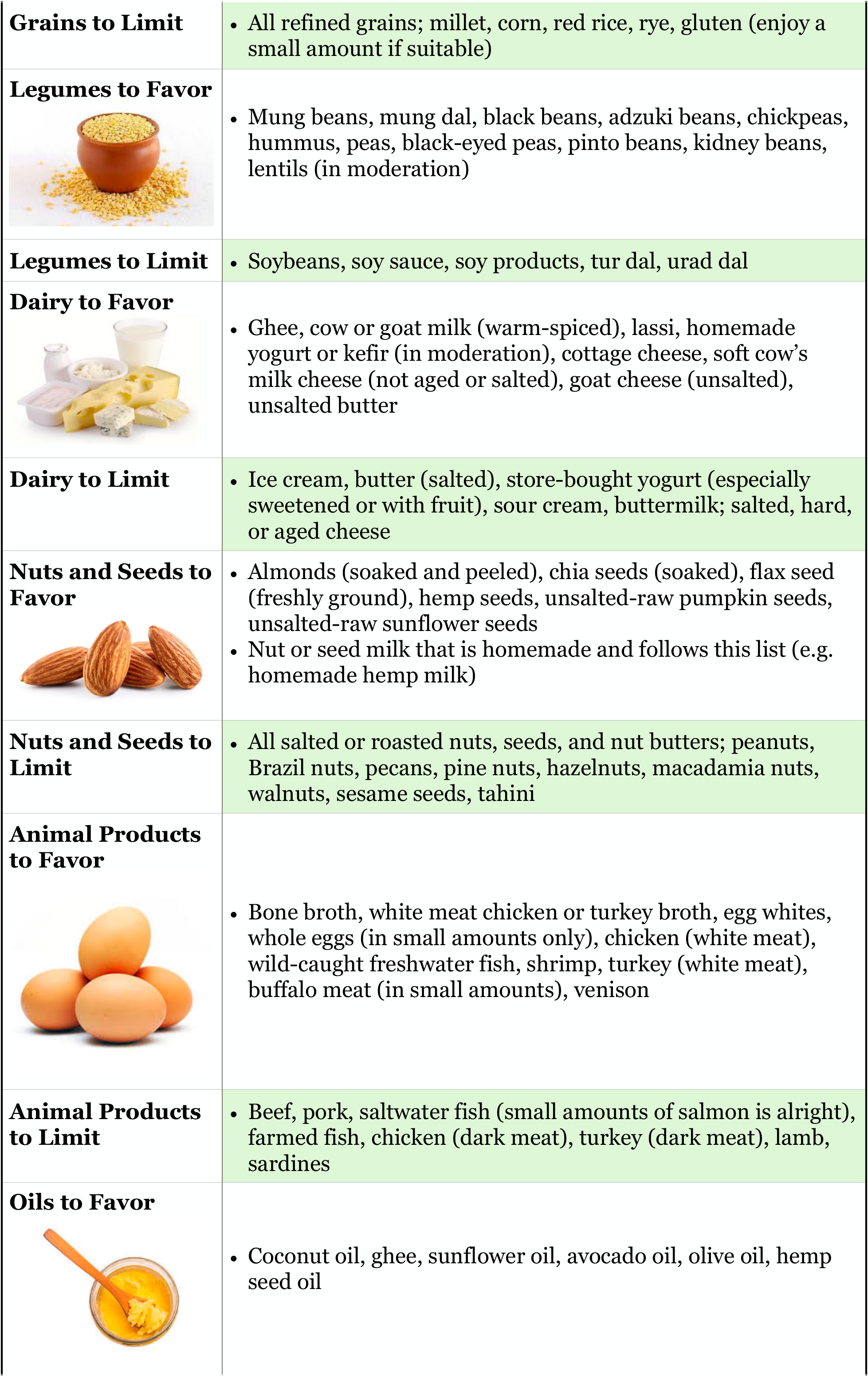
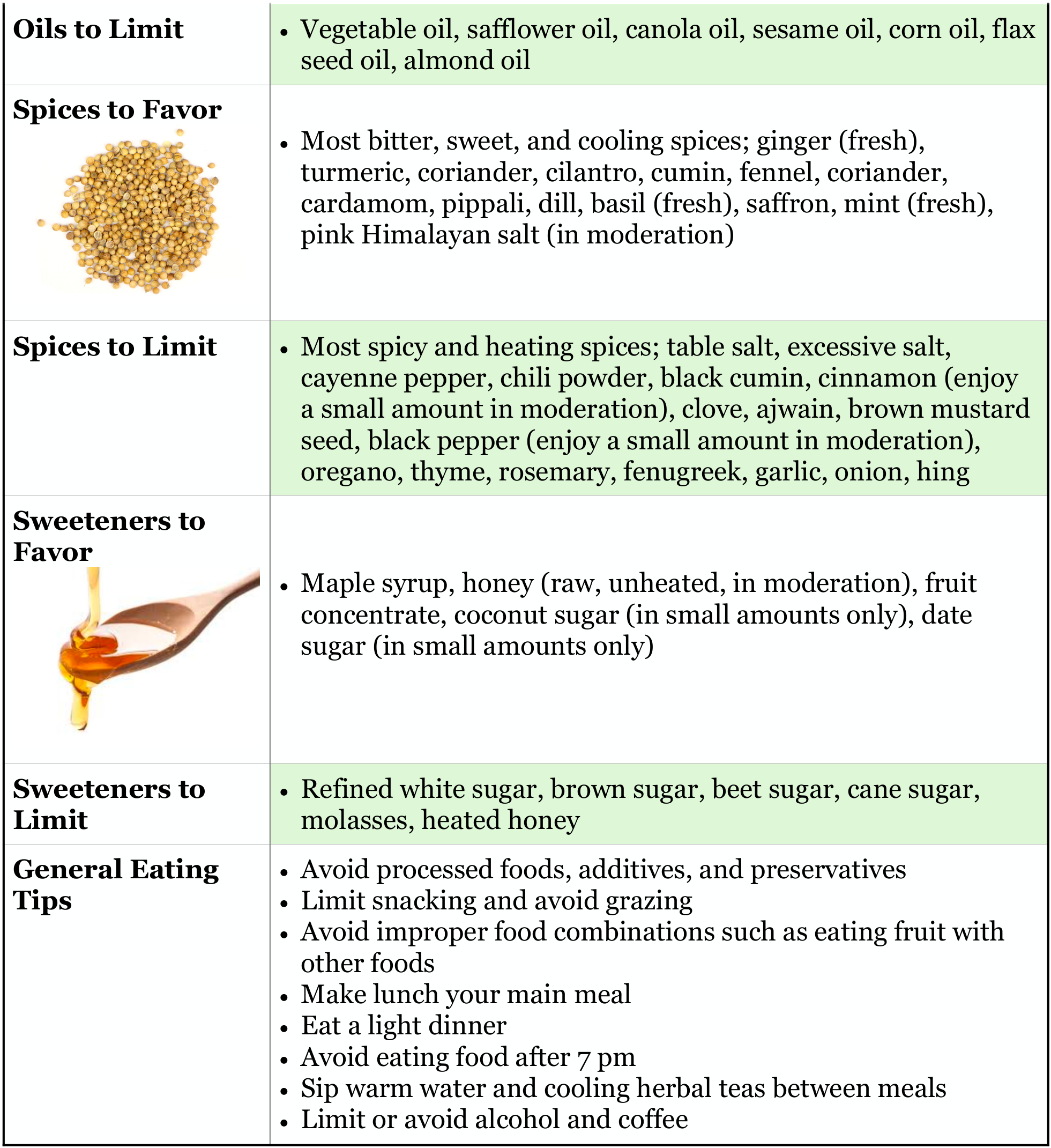
Click here for a printable PDF copy of this chart.
More Healthy Practices for the summer (your “extra credit”)
Eating for the season is a great start, but there are other ways to keep your body and mind cool and in-balance for the summer season. Here are some simple tips to remember this time of year:
- Take 1/2 to 1 teaspoon of Tikta Ghrita each morning to keep cool and prevent Pitta from building up throughout the summertime.
- Overly hot? Try rinsing or soaking your feet in cool water! I find this most helpful before bed after a long hot day or on an unbearably hot night.
- Stay hydrated!! A good goal for the summertime is generally about 8 cups of plain water daily—hot or warm water is best, room temperature is doable, but despite the temptation, try your best to avoid chilled or (especially) iced water. Add a splash of lime if a little flavor is needed!
- Perform self-oil massages (Abhyanga) with cooling Pitta Massage Oil, coconut oil, or sunflower oil at least once each week.
- Massage your scalp and feet with Pitta Massage Oil, Brahmi Oil, or coconut oil nightly.
- Cool down your body and mind instantly with a cooling breath technique such as Shitali Pranayama!
- Keep up with your daily exercise in movement—however, avoid going out in the intense heat or direct sun to do so; think early morning walks, late evening walks, and shaded hikes.
- Cooling herbal teas are great summertime companions such as COOLDOWN Tea, OM Shanti Tea, or Sweet Fennel Infusion.
- Mahasudarshana Churna is a cooling, bitter, Pitta-soothing formula great for tackling summertime sickness!
- Protect your skin with a non-toxic sunscreen and cover-up with (light) long sleeves, sun hats, and sunglasses when you are going to be in the direct sun.
- Avoid being out in any extreme element for long periods of time. This could be extreme sun, heat, wind, or whatever.
- Summertime heat can bring on fatigue—honor this and take extra time to relax, rest, and nurture yourself when needed!
Healing Recipes for summer
Summer Drinks, Smoothies, & Tonics
- Sweet Fennel Infusion
- PITTA-REDUCING TONIC
- Rejuvenating Ojas Drink
- The Essential Almond Milk
- Turmeric Milkshake (Dairy-Free!)
- Cilantro Juice
- Cooling Cucumber Coconut Juice Recipe
Summer Breakfasts
- Tridoshic Cream of Quinoa Porridge
- Springtime Breakfast Scramble (good for summer too!)
- Golden Energy Buckwheat Breakfast
- Simply Spiced Quinoa Porridge
- Quick and Easy Ayurvedic Pancake Recipe (for special occasions)
Summer Lunches & Dinners
- Summertime Salad
- Pitta-Reducing Kitchari
- Chickpea and Greens Brown Rice Bowl
- Tridoshic Quinoa and Veggie Stir-Fry
- Black Eyed Peas and Kale Rice Bowl
- Deliciously Vibrant Chana and Mung Dal
- Tridoshic Mung Dal and Quinoa Kitchari
Summer Sides, Snacks, & Sweets
- Coconut Curry Hummus
- Balsamic and Lime Hummus
- Simply Steamed Veggie Recipe
- Cooling Coconut and Kale Sauté
- Curried Coconut and Veggie Soup
- Homemade Kefir
- Ojas-Increasing Energy Balls
- Oh My! Avocado, Coconut, and Cacao Pudding
- Saffron Spiced Laddu
Condiments and Spices
Keep Reading. . .
“Eat for the Winter Season: A Simple Guide on Ayurvedic Seasonal Eating (Part 1)”
Stay tuned for my Fall and Spring eating guides!
Discover over 100 herbal remedies in my Ayurvedic Herbal Medicine for Beginners book!*
Discover more healing recipes with my 30-Minute Ayurvedic Cookbook!*
*By ordering directly through these links, you are helping to support Svastha Ayurveda – Thank you!!

